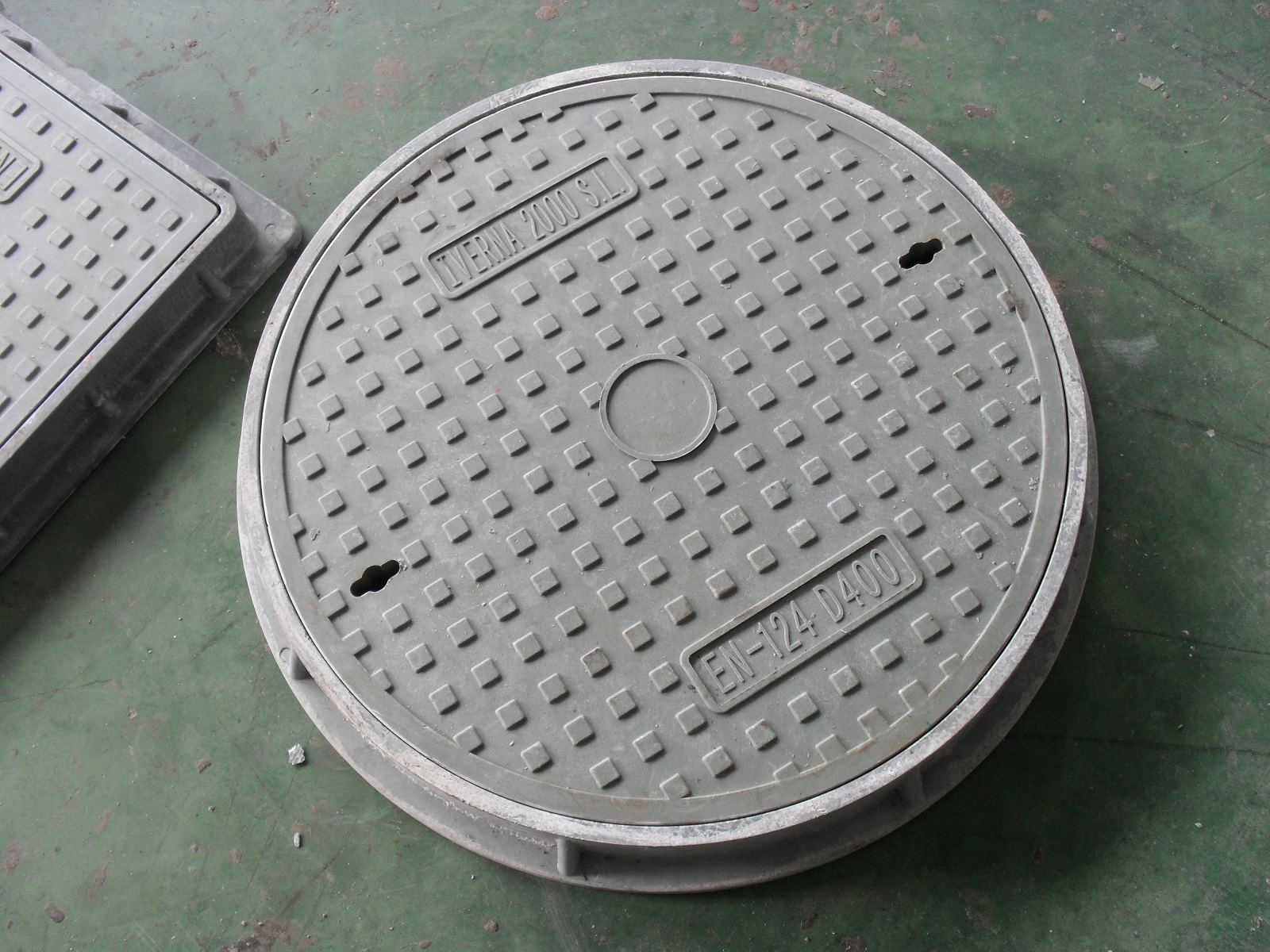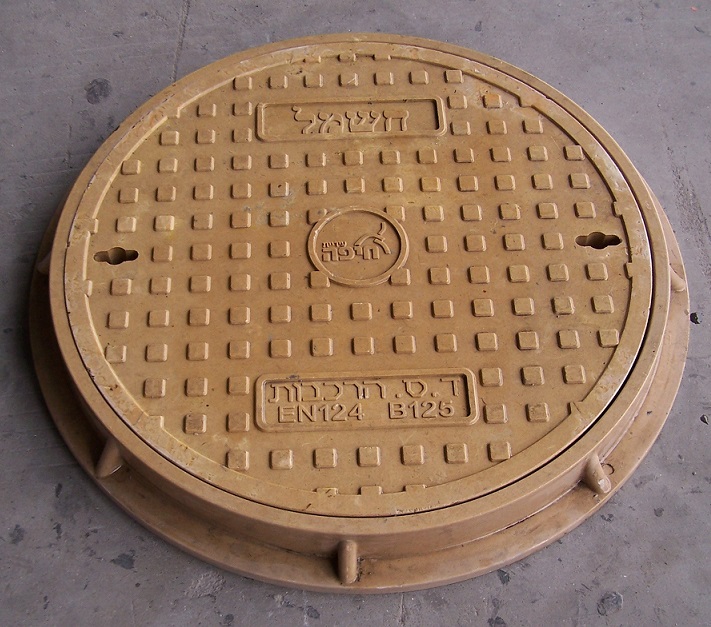Unprotected steel can be damaged by corrosion in the atmosphere, water, and soil, and corrosion in offshore areas is even more severe. The atmosphere of the sea is heavily polluted by salt mist (mainly chlorides), and the total amount of pollutants increases. Corrosive pollutants can react with steel and may form deposits on the surface. At the same time, the pollution can penetrate into the Mainland through terrain and wind direction. Causes corrosion in the offshore region. Experience has shown that severe corrosion occurs when the relative humidity is greater than 80% and the temperature is higher than 0 degrees Celsius. However, if contaminants or hygroscopic salts are present, corrosion can also occur at lower humidity. With the growth of energy demand, more and more offshore areas have begun to build photovoltaic solar power stations. How to avoid the corrosion damage of the photovoltaic power station supports and reduce the potential safety hazards of the entire power station has become a severe challenge for photovoltaic companies.
In general, there are many different ways to protect steel structures from corrosion, but the use of coating systems and coatings is the most effective way to protect them. Galvanizing of products has become a popular method because of its good corrosion resistance. Before designing the rack, Baowei engineers will first analyze and evaluate the environmental corrosivity of the area where the steel structure is located, including the atmosphere, soil, and water, and determine the corrosion rate of the zinc layer to determine the thickness of the hot dip galvanized layer. .
According to the GB 13912-2002 standard, for parts with a surface area greater than 2m 2 and a thickness greater than or equal to 3mm and less than or equal to 6mm, the average thickness of the coating should not be less than 70μm. With reference to these standards, through comprehensive analysis and scientific calculations, Baowei engineers set the thickness of the galvanized layer of the pile part to 100um and the thickness of the galvanized layer of the upper bracket to 85um for the offshore full-steel stent photovoltaic power station project. After the implementation of a large number of offshore projects in Japan, the thickness of such a galvanized layer is sufficient to meet the requirements of offshore anti-corrosion.
In general, the coating system provides an effective period of protection that is shorter than the service life of this structure. Therefore, the possibility of operation maintenance and reconstruction needs to be considered during the planning and design stage. In order to ensure the effectiveness of hot dip galvanizing anti-corrosion protection measures, Baowei also prepared a maintenance manual for the steel structure photovoltaic support system during operation of the entire power plant.
FRP Manhole Cover is made of composite materials; we make the manhole cover on BS EN124, Mainly our products are A15, B125, C250 and D400. For A15, B125, C250 and D400 FRP manhole covers to be used in Green belt, Pavement, Auxiliary road, Main road and Express way. We FRP manhole covers all by press, the quality is very good, and we warmly welcome customers all over the world to do business with us.


FRP Manhole Cover,FRP Manhole Cover Opening 550 B125,FRP Manhole Cover Opening 555 B125,FRP Manhole Cover Co 260
Zhoushan Runchun Import & Export Co., Ltd. , https://www.en124casting.com